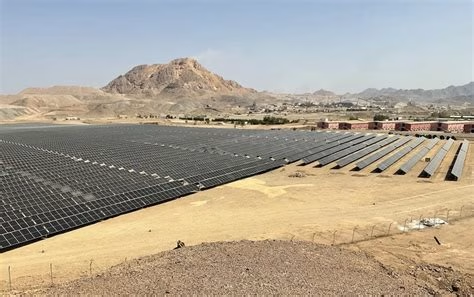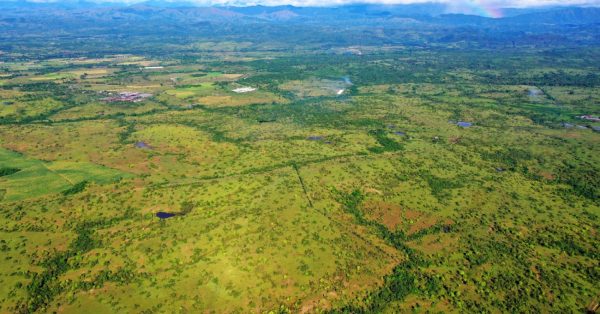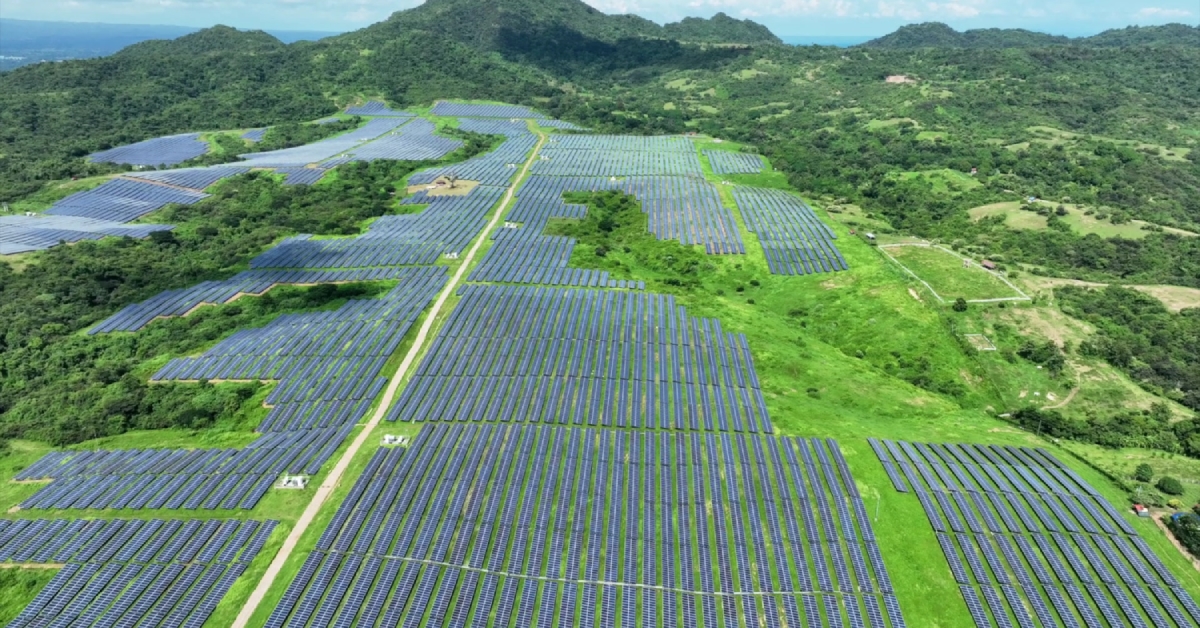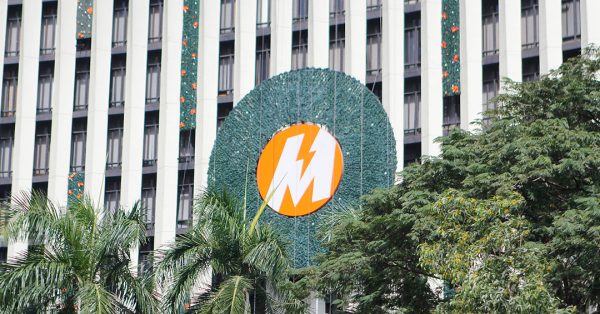Terra Solar is developing a large scale solar and battery energy storage system (BESS) project in the provinces of Nueva Ecija and Bulacan in Philippines. The project is being developed by SP New Energy Corporation (SPNEC) through its subsidiary Terra Solar Philippines, in partnership with Meralco PowerGen Corporation (MGen). The solar-BESS project has a 3,500 MW solar capacity and a 4,000-4,500 MWh battery storage system (BESS) capacity. By July 2025, Terra Solar had installed 778 MW of solar panels in the site. This has even surpassed its initial target of 750 MW. Another mega renewable installation also taking shape in the region is one of Central Asia’s largest solar-battery projects in Uzbekistan. The project targets a 1 GW solar and 1.3 GWh battery storage installation.
Project Factsheet for the Terra Solar-BESS Project in the Philippines
Capacity: Up to 3,500 MW solar and 4,500 MWh battery storage
Location: Municipalities of Gapan, General Tinio, Penaranda, San Leonardo and San Miguel
Land Area: 3,500 hectares
Developers: SPNEC and Terra Solar Philippines
Key Contract: EPC contract with Energy China for a portion of the project.
Milestone: 778 MW solar panels installed as of June 2025
Start of Commercial Operations: Phase 1 by early 2026. Full build-out expected around 2027. Compare
Estimated investment: P200 billion (US$ 3.4 billion)
Project Timeline
January 2024: Site clearing started by SPNEC on the 3,500 hectares project.
August 2024: EPC contract signed with Energy China for component supply and construction.
November 2024: Groundbreaking ceremony held in Barangay Callos, Penaranda, Nueva Ecija.
March 2025: Terra Solar launches community-development partnerships in Nueva Ecija for training and local employment.
July 2025: Installation milestone achieved with 778 MW of solar panels installed. The milestone represents 54 percent of Phase 1 installation.

The US$3.4 Billion Terra Solar-BESS Mega Project in Nueva Ecija, Philippines
Reported June 15, 2024 – A solar farm in Nueva Ecija estimated at US$ 3.4 billion is under development to become one of the world’s largest solar projects.
Outlook on the Mega Solar-Battery Storage Project in Nueva Ecija
The Terra Solar project will hold more than 5 million photovoltaic (PV) panels with a total capacity of 3.5 GW. It will also feature a battery energy storage system of 4,000-4,500 megawatts per hour (MWh).
According to SP New Energy Corporation (SPNEC) vice-chairman Leandro Leviste, the project will be interconnected to the national grid and serve the greater Manila area.
The project will be built in the Province of Nueva Ecija located in Central Luzon. It will occupy 3,500 hectares of land, a space sufficient for 5 million solar panels. According to Leviste, the project site is currently undergoing clearing operations to hit the 2026 opening target. Greenlight Renewables’ San Isidro solar power project with energy major Shell as offtaker also targets the 2026 operation date.
This massive solar farm will be delivered in 2 phases. The first phase of delivery is the installation of 2,500 MW solar panels by 2026. The second phase is 1,000 MW solar panels functional by 2027.
The anticipation for the project builds, as Terra Solar becomes one of the largest solar farms in the world. Once completed Terra Solar will be larger than India’s Bhadla Solar Park and China’s Golmud Solar Park, solar farms which offer a capacity of over 2,200 MW.

Impact on the Philippine Grid
With its prime location near the equator, the Philippines receives 5-6 hours of sunlight daily or 2,103 hours a year. This reflects great potential for harnessing solar energy in the country. Similarly, the Philippines is third in Asia-Pacific electricity prices after Japan and Singapore. Solar power poses a strong economic advantage for the country because of the steady rise of electricity costs in the Philippines.
In line with this, Terra Solar Philippines, a subsidiary of SPNEC, will spearhead the Terra Solar Farm in Nueva Ecija. The farm is expected to generate 5 billion kWh a year, exceeding the capacity of other grid-connected solar projects in the Philippines. Additionally, Terra Solar will contribute energy equal to 5% of the Philippine’s total output, or 12% of the overall demand.
To connect with the local grid, Terra Solar Philippines will also execute plans for a 60-kilometer extension to the National Grid Corporation of the Philippines (NGCP) substations to serve the Greater Manila Area.
Initially, SPNEC shared plans for a proposed 500 MW solar farm in Luzon. After the company’s debut on the Philippine Stock Exchange (PSE) in 2021, the proposal was changed to the 3,500 MW project we know now.
Driving the US$3.4 Billion Terra Solar-BESS Mega Project in Nueva Ecija, Philippines Forward
In a bid to support the project’s development, Manuel V. Pangilinan, the Chairman of SPNEC, stated that the company is in the process of onboarding two foreign investors. According to him, the company is open to selling 40% of its shares, with SPNEC holding the remaining 60%.
Similarly, MGen Renewable Energy Inc., the renewable energy firm distributor of Meralco, invested a Php 15.9 billion (US $ 275 million) share subscription in the company just last year.
Finally, solar farms like Terra Solar benefit the environment in multiple ways. Solar energy is a free renewable source that reduces the use of other energy sources that negatively impact the environment. Solar energy is clean, does not produce water pollution, and emits greenhouse gasses.
But while there are positives, there are negatives as well. The production of solar panels uses toxic and harmful materials which can indirectly affect the environment. Solar farms also require significant land area, potentially affecting and displacing the local wildlife ecosystem.
Regardless, the Terra Solar farm in Nueva Ecija will steer the Philippines towards the worldwide movement of renewable forms of energy.
Read also:
World’s largest solar farm, 3.5 GW, connected to grid, China
The Kubuqi Desert Solar Farm: The World’s Largest Desert Solar Power Plant


